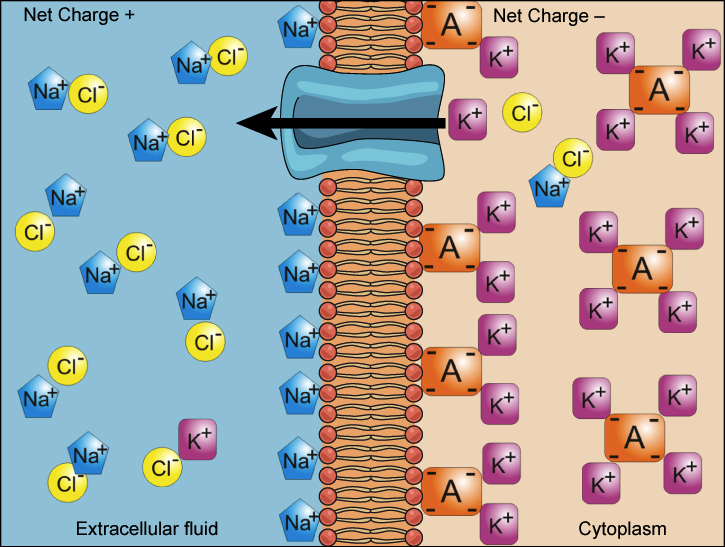Introduction
↪ Bioinorganic chemistry is an branch of chemistry that deals with the role of metal or compounds within biological and biochemical systems.↪ Bioinorganic chemistry is a field that examin...


↪ It is observed in human body that some substances or ions present in larger concentration in extracellular fluid (ECF) and small concentration in intracellular fluid (ICF).
↪ Example: The concentration of Na+ ion is larger in ECF and it is small in ICF.
↪ Conversely some other have small concentration in extracellular fluid and large concentration in intracellular fluid.
↪ This is specially true for potassium ions.
↪ Neither of these two effects could occur by simple diffusion because simple diffusion has tendency to equalize the concentration of ions at two sides of the membrane.
↪ Instead, the excess movement is brought about by some energy factor and this process is termed as Active transport.

↪ Active transport is divided into two types, according to the source of energy used to carry out the transport. They are:
Primary active transport
Secondary active transport
↪ For primary active transport the energy is derived directly from the hydrolysis of ATP (Adenosine triphosphate) to ADP (Adenosine diphosphate).
↪ Sodium-potassium (Na-K) pump is a phenomenon of primary active transport.
↪ For secondary active transport, the energy is derived from the energy that has been stored from primary active transport in the form of ionic concentration gradient between two sides of cell membrane.
↪ Sodium-glucose (Na-gl) pump is a phenomenon of secondary active transport.
↪ For both of these transports the agent which is responsible is the carrier protein that remains being penetrated through the cell membrane.